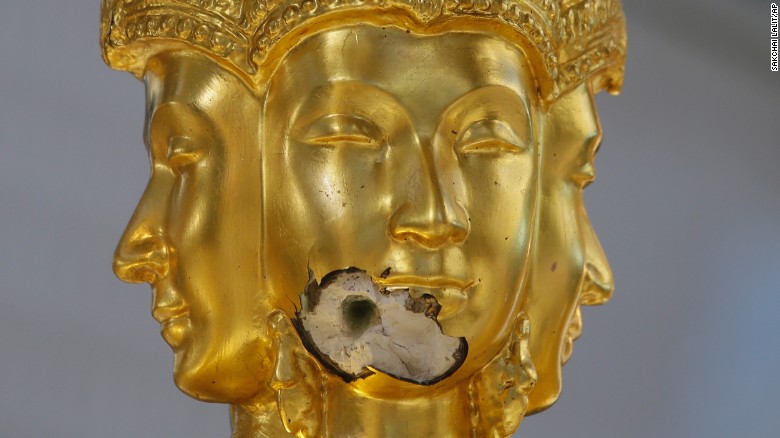The dilemma is sometimes likened to a double-edged sword.
Historical and natural sites of extraordinary beauty often draw large numbers of visitors to the countries that host them, providing a healthy tourism revenue.
However, those same crowds often have a detrimental effect on the places they visit, sometimes leading to significant damage, which has in recent years sparked a debate whether tourist numbers should be capped.
| dilemma |
n. |
進退兩難的困境 |
|
revenue |
n. |
收入,稅收 |
| liken |
v. |
把~比作 |
|
detrimental |
adj. |
不利的,有害的 |
| extraordinary |
adj. |
特別的 |
|
spark |
v. |
導致,引起~的原因 |
| draw |
v. |
吸引 |
|
cap |
v. |
超過 |
"Sites all over the world are under threat at any given moment. Apart from the monuments and ancient cities in the Middle East, I would say historic districts of major cities in Asia face the highest threat due to the unchecked sprawl and development," says Stefaan Poortman, executive director of the Global Heritage Fund, which aims to protect the most endangered cultural heritage sites in the developing world.
"Tourism is not regulated well enough and the massive influx is putting a strain on sites all over the world. The most well-known sites like Angkor or Machu Picchu are really swamped with tourism. Not only does it affect the sites but at a certain point, if unchecked, tourism can negatively impact the quality of life for local communities as well," he adds.




















